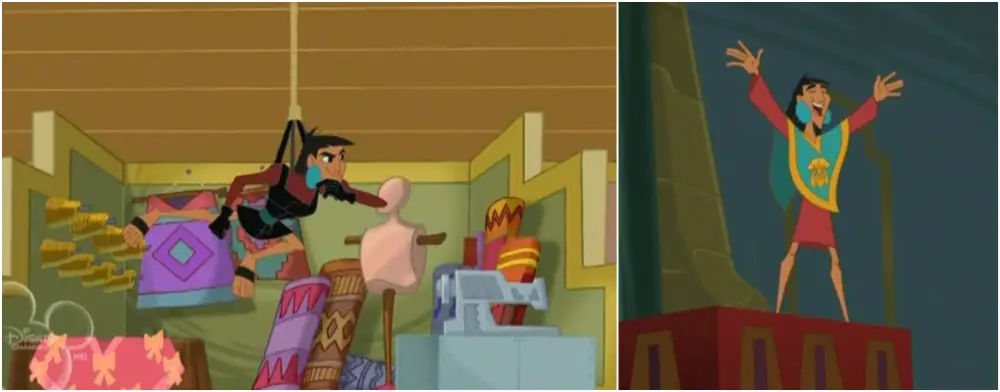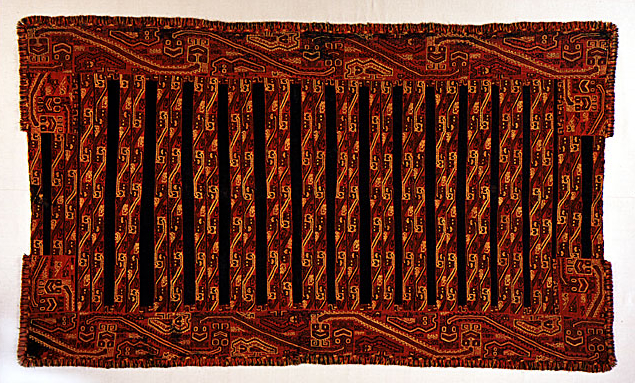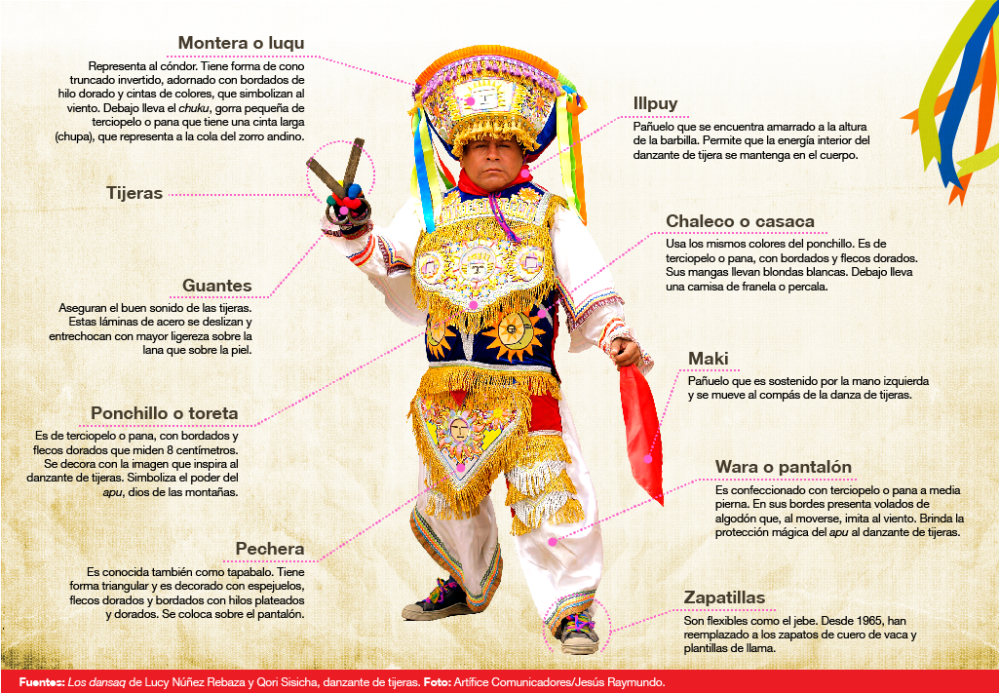History hidden in Textiles

When choosing a symbol of Peru, Machu Piccu or Llamas seem like the only options.

But intricately woven in the history, identity and way of life is Peruvian traditional dress, so much so it is a national symbol that promotes Peru to the world.
The fine weaving techniques date back to the Paracas people (600BC – 100BC). Products they created were highly prized and respected for their spiritual value in Andean tradition.

Even when the Spanish invaded, they retained traditions by fusing Incan and colonial style, seen in the black pleated skirt, pollera.
Variance in garments, particularly women’s monteras (Quechua for hat), traditionally signify belonging to a specific region or village and in the case of the pollera, can even signify ethnicity.
In colder regions we’d find the (now famous) chullo rather than straw hats. Polleras were decorated with a certain colour belt, flowers or coloured embroidery and Ponchos varied by fibre, colour and length: heavy ponchos in Cajamarca, short and red in Cuzco and costal regions were cotton or vicuña fibre.

The resourcefulness of the Peruvians is admirable, locals using shearings from their Alpaca heard as the main fibre and making sandals out of tyres.
Peruvian people are incredibly proud of their ancient textile tradition. Tourism has helped keep it alive – it helps that clothing not only sells as a symbol of Peruvian identity but is a commodity that travellers consume.
This has benefits in that local communities are supported, especially the women who weave the textiles. However the meaning of the symbol can get lost, with travellers expecting to see all Peruvians in traditional dress upon arrival or assuming its exactly what the Inca’s wore.
Make sure you travel with an open mind!




2 thoughts on “Undressing Peru”